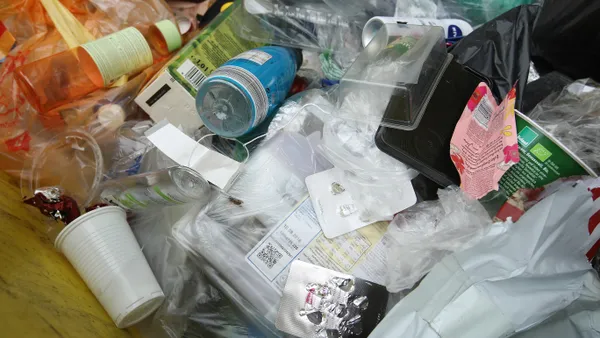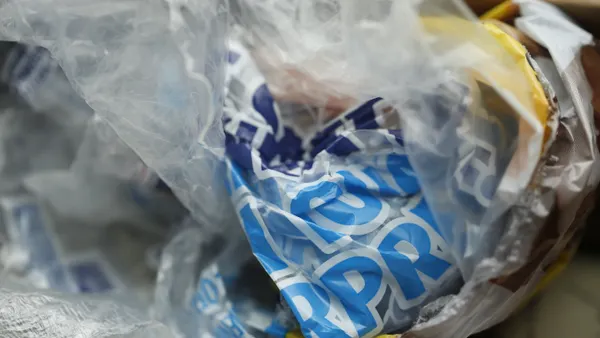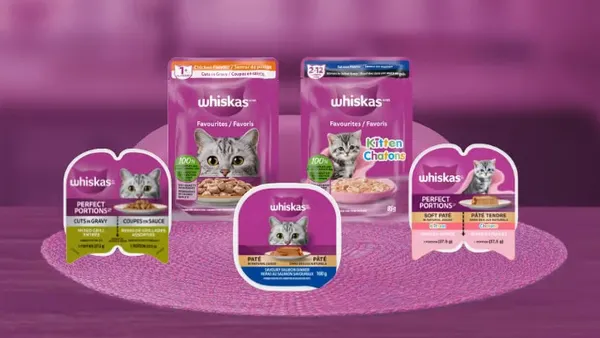Dive Brief:
- Based on data from the California Department of Resources Recycling and Recovery (CalRecycle) supplied to E-Scrap News, close to 35 million of the 77 million pounds of CRT glass handled by state recyclers went directly to landfills in 2016, says Resource Recycling.
- Less than 5% of this material, about 3.5 million pounds, went to recycling facilities. The state allows this material to go to smelters or CRT manufacturers and neither option has been popular lately.
- The remaining material went to intermediate processing facilities that can break, clean and test the glass. Those companies aren't required to report on whether the material is disposed or recycled.
Dive Insight:
The reason landfills now receive an estimated 45% of CRT glass in California is partially driven by poor market conditions and strict state regulations. Recyclers can receive reimbursement for their services, funded by consumer fees on new electronics, though since a 2015 regulatory change landfills have become a more financially appealing option. The state now allows non-leaded CRT panel glass to be disposed of in municipal solid waste landfills and leaded funnel glass to be disposed of in hazardous waste landfills.
Regulations vary between states, though CRT glass has been universally troublesome. CRT units often account for a large portion of the weight received by local e-waste collection programs and the lack of value in overseas markets or interest in repairing for domestic reuse has made them a particular challenge. Last year, CRT tubes were described as a "systematic problem" by one EPA official who warned that stockpiling could become a larger issue.
As multiple states now face the financial and environmental consequences of stockpiles left by bankrupt recyclers, this issue has become more pressing. Some states have begun to report a decline in the amount of CRT units they receive, showing that the supply of old equipment in people's homes may be dwindling, but new recycling options are still needed. One EPA-approved approach is to use the glass in ceramic tiles though states such as California currently don't allow it and this option isn't widely available.










